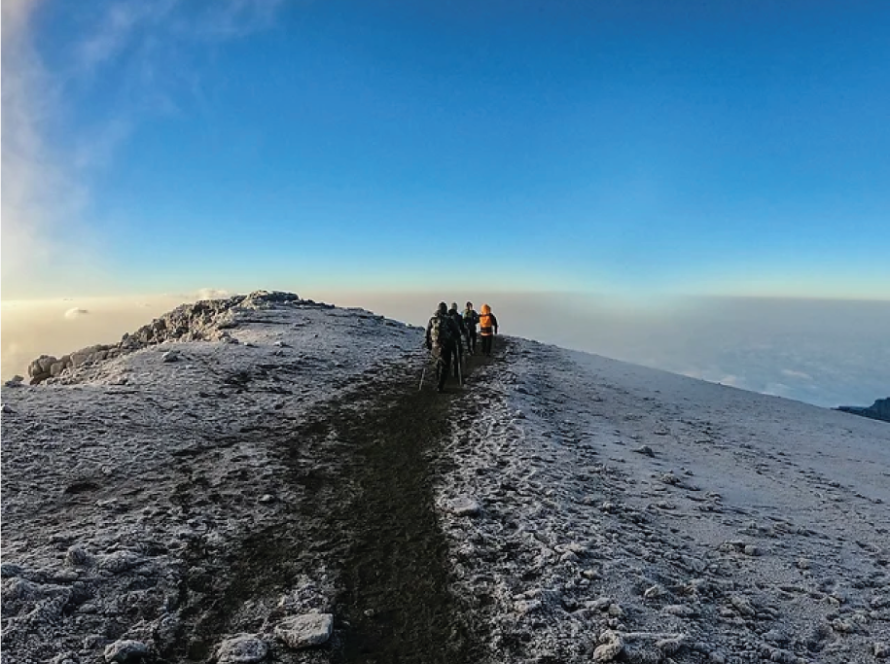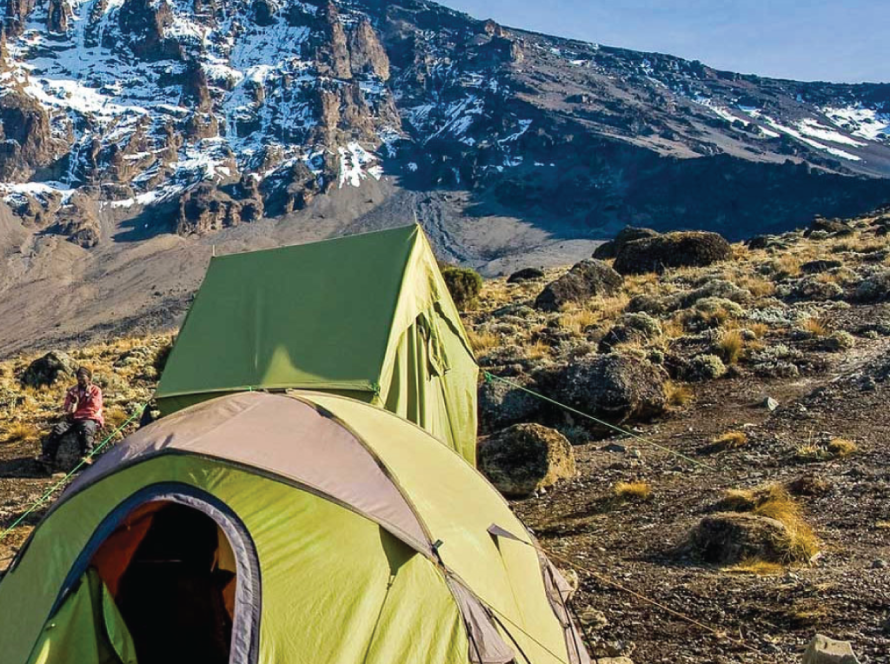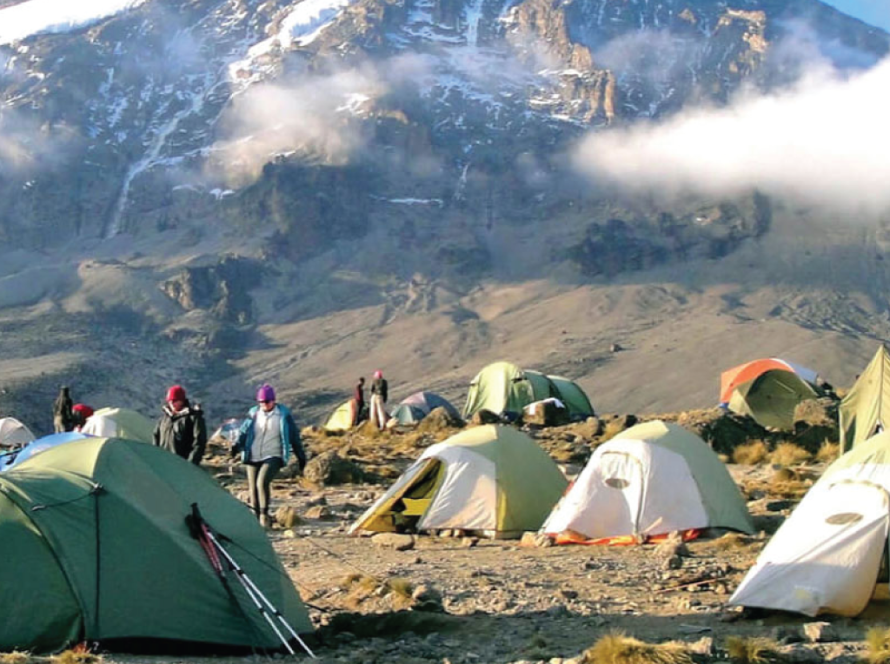Kilimanjaro Success Rate by Route
Kilimanjaro Success Rate by Route, Altitude & Duration
Climbing Mount Kilimanjaro is one of the most exciting challenges out there. But let’s be honest—it’s no walk in the park. With altitude sickness looming and unpredictable weather, it’s fair to wonder: what are your real chances of reaching the summit?
Let’s break it all down—by route, duration, and strategy—so you know exactly what you’re getting into and how to improve your odds of standing on the Roof of Africa.
What Does “Success Rate” Mean on Kilimanjaro?
In trekking terms, the success rate refers to the percentage of climbers who actually reach the summit. On Kilimanjaro, that summit is Uhuru Peak, the highest point on the mountain at 5,895 meters (19,341 feet).
But some climbers stop at Stella Point or Gillman’s Point, which are lower but still considered high achievements by the park authorities. However, for full bragging rights, we’re focusing on Uhuru Peak.
Average Kilimanjaro Success Rate
Across all routes and trekking companies, the average Kilimanjaro summit success rate hovers around 65% to 70%. That means 3 out of 10 climbers don’t make it to the top.
Why do people fail?
Altitude sickness (Acute Mountain Sickness)
Poor acclimatization schedule
Inadequate physical preparation
Choosing shorter, rushed routes
Weather conditions
Dehydration or fatigue
Now let’s get into the real meat: success rates by route and duration.
Kilimanjaro Success Rate by Route
Different routes = different experiences—and drastically different success rates. Here’s a breakdown of the most popular Kilimanjaro routes and how they stack up.
| Route Name | Duration (Days) | Approx. Success Rate | Comments |
|---|---|---|---|
| Marangu Route | 5–6 | 40%–50% | Known as the “Coca-Cola” route, but poor acclimatization |
| Machame Route | 6–7 | 70%–85% | Great scenery, good acclimatization profile |
| Lemosho Route | 7–8 | 85%–90% | Less crowded, very high success rate |
| Rongai Route | 6–7 | 60%–70% | Drier, scenic, but fewer acclimatization points |
| Northern Circuit | 8–9 | 90%–95% | Longest, quietest, best acclimatization |
| Umbwe Route | 5–6 | Below 50% | Short, steep, poor for acclimatization |
Takeaway: The longer the route, the higher the success rate. Why? More time means better acclimatization, and that means your body has time to adjust to the altitude.
Why Route Duration Matters
The biggest factor in summit success is how long you give your body to adapt to altitude. Routes under 6 days typically have a low success rate due to insufficient acclimatization.
What’s the sweet spot?
7–9 days seems to be the golden zone—long enough to help your body adjust, short enough to keep morale high.
Acclimatization Is the Game-Changer
Altitude sickness is the #1 reason people fail to summit. You can’t “train” for altitude at sea level, but you can reduce the risk with smart acclimatization:
Tips to Acclimate Better:
Go slowly – “Pole pole” (slowly slowly) is more than a phrase—it’s your summit strategy.
Climb high, sleep low – Some routes include acclimatization hikes that prep your lungs.
Stay hydrated – 3 to 4 liters of water per day is a must.
Avoid alcohol – It dehydrates you and makes acclimatization harder.
Consider Diamox – A prescription altitude medication. Talk to your doctor before the climb.
Success Rate by Route Summary Table
Here’s a handy visual summary to compare routes, duration, and success rate:
| Route | Days | Altitude Profile | Crowds | Success Rate |
|---|---|---|---|---|
| Marangu | 5–6 | Poor (fast ascent) | High | 40–50% |
| Machame | 6–7 | Good (climb high, sleep low) | High | 70–85% |
| Lemosho | 7–8 | Excellent | Medium | 85–90% |
| Rongai | 6–7 | Moderate | Low | 60–70% |
| Northern Circuit | 8–9 | Best | Very Low | 90–95% |
| Umbwe | 5–6 | Poor (steep, fast) | Low | <50% |
Pro Tips to Boost Your Summit Odds
Choose the right route – Lemosho or Northern Circuit offer the best shot.
Add an extra day – One extra day = significantly higher success.
Train smart – Focus on cardio and stamina; do long hikes with a weighted pack.
Hire a reputable operator – Experienced guides make a massive difference.
Get travel insurance – One that covers high-altitude trekking and emergency evacuation.




